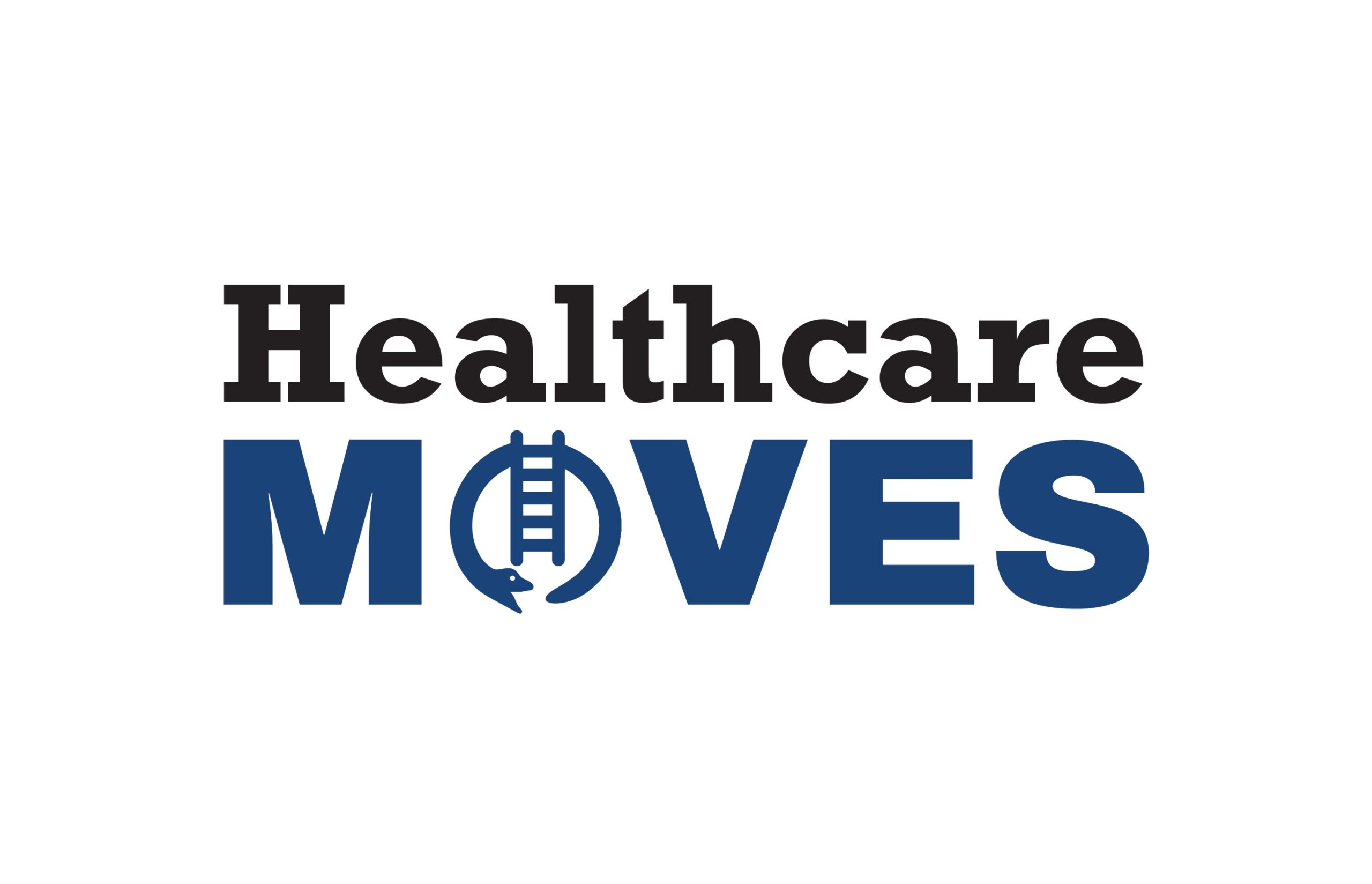2014 was a great year for innovation in healthcare and we’re on track for another record breaking year in 2015. Venture capital (VC) funding in the IT sector of healthcare more than doubled in 2014 compared to 2013, with total VC funding at $4.7 billion for the year. With VC funding increasing each year, we can expect a big second half of 2015 for innovation in healthcare. A third of the way through 2015, let’s take a look at 5 innovative ideas to look out for before 2016 and what start-ups are creating solutions for some of the biggest challenges facing the healthcare sector.
- Predictive Modeling for Population Health
With the rise of big data in healthcare, we need to begin to understand and utilize data to enhance health outcomes at the population level. With implementation of the Patient Protection and Affordable Care Act (PPACA) taking hold on the health sector, reducing re-admissions, avoiding unnecessary procedures and enhancing financial savings are more important than ever.

With the Rise of AI, What IP Disputes in Healthcare Are Likely to Emerge?
Munck Wilson Mandala Partner Greg Howison shared his perspective on some of the legal ramifications around AI, IP, connected devices and the data they generate, in response to emailed questions.
Who is working on this idea?
Hindsait: This startup promises to unlock the possibilities of big data through use of predictive analytics and artificial intelligence to develop insights based on patient data. Hindsait outlines four major goals, fewer unnecessary procedures, increased blood donations from underrepresented populations, reduction of costly readmissions and income boosts for accountable care organizations (ACOs). Their system allows payers to apply standards on a consistent basis and approve necessary procedures faster. In addition, each patient is analyzed on a platform that identifies whether or not a longer stay in the hospital would be more cost effective than the risk of readmission. Hindsait then tracks recently discharged patients and communicates with providers to enable readmission prevention.
For more: www.hindsait.com
- One Drop Diagnostics
About 1/5th of the population has a fear of needles, decreasing the likelihood that these individuals are being properly monitored with blood-based laboratory testing. Innovations in laboratory diagnostics and testing have brought the concept of a one drop blood test for a plethora of basic lab tests and using this technology as a diagnostic for various diseases is on the horizon.
Who is working on this idea?
Accel Diagnostics: In addition to the one drop lab test that Theranos is rolling out, Accel Diagnostics is innovating the one drop lab test idea by utilizing their pScreen system to monitor heart distress in congestive heart failure (CHF) patients with a single drop, disposable blood test. The pScreen is about the size of a credit card and tests for BNP, a cardiac biomarker used in the diagnosis of CHF. The card is scanned using a smartphone and results are communicated digitally to the provider.
For more: www.acceldx.com
- Mobile Disease Management
Increased patient monitoring is an increasingly popular way to manage and prevent disease in large populations. With increased regulations on readmissions being part of the PPACA, payers, hospitals and other patient care providers are looking for new ways to prevent readmissions, as well as unnecessary hospitalizations and ER visits. By combining disease management and telehealth, large populations may be monitored more efficiently and have their individual needs tended to quicker, avoiding unnecessary visits.
Who is working on this idea?
Vheda Health: Vheda is simplifying the disease management process using a mobile interface that includes interventions for type 2 diabetes, congestive heart failure and weight management. They boast methodologies that have decreased hospitalizations and ER visits by over 60% in trials. Curated data forms are used to create a personalized actionable care plan and are matched with a care team based on their individual needs. Weekly live video meetings are held between the patient and their care team.
For more: www.vheda.com
- Personalized Wellness
Personalized care is opening up new doors for enhanced care and is beginning to bring value to the term “patient-centered care”. Personalized wellness is beginning to make waves in the industry and will undoubtedly continue gaining steam in 2015. Treating disease with a combination of medicine and wellness areas, such as nutrition, physical activity and psychological care are enhancing patient outcomes and lowering costs.
Who is working on this idea?
Nutrify: Tailored recipes based on the unique nutritional needs of patients with various diseases is the focal point of Nutrify. Recipes and meal plans are generated based on the patient and are tailored to their condition, health goals, medications and allergies. Macronutrients, vitamins, minerals and phytochemicals are comprehensively analyzed and used to enhance an individual’s medical treatment regimen. One of the delicious sounding recipes Nutrify recommends is sesame salmon and lemony green onions, suggested for patients with Alzheimer’s disease as the sesame seeds in the recipe have CQ10, which decreases amyloid plaque.
For more: www.nutrify-app.com
- 3D Human Tissue Printing
3D printing is fascinating and it’s already making an impact on healthcare. By reducing the cost of prosthetic hands for children from approximately $9,000 to $300 and allowing surgeons to create 3D replicas of the patient’s anatomy to practice procedures prior to real surgery, 3D printing is already enhancing outcomes and quality of life. The promise of 3D printing as a part of regenerative medicine is poised for reality this year.
Who is working on this idea?
Biobots: Biobots is harnessing 3D technology to create 3D bioprinters that have the capability of building functional, living tissue. Software is used to design the necessary tissue and Biobots printers use cellular printing to rapidly cure biomaterials and create human tissue, including vasculature to nourish growing cells. The company is currently conducting a beta program to test the Biobots printer on a larger scale and pre-orders for the printer are being taken. Biobots is currently working on the capability of printing whole organs for transplantation, an endeavor that other companies, such as Organovo are also working on.
For more: www.biobots.io














